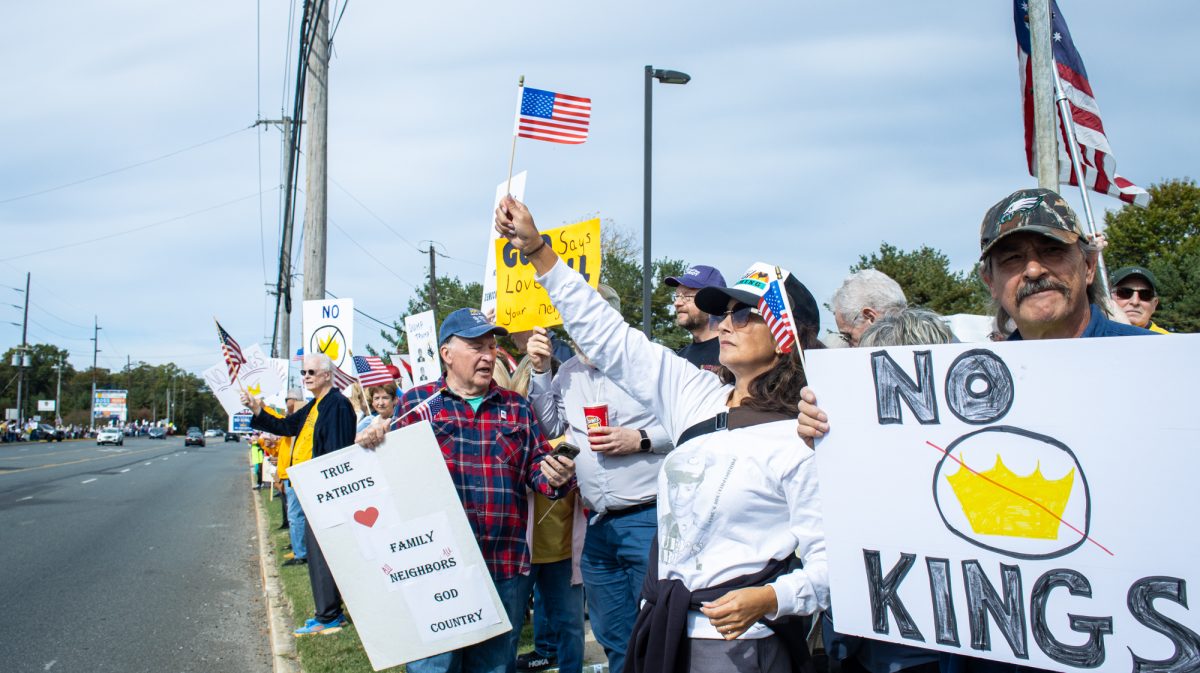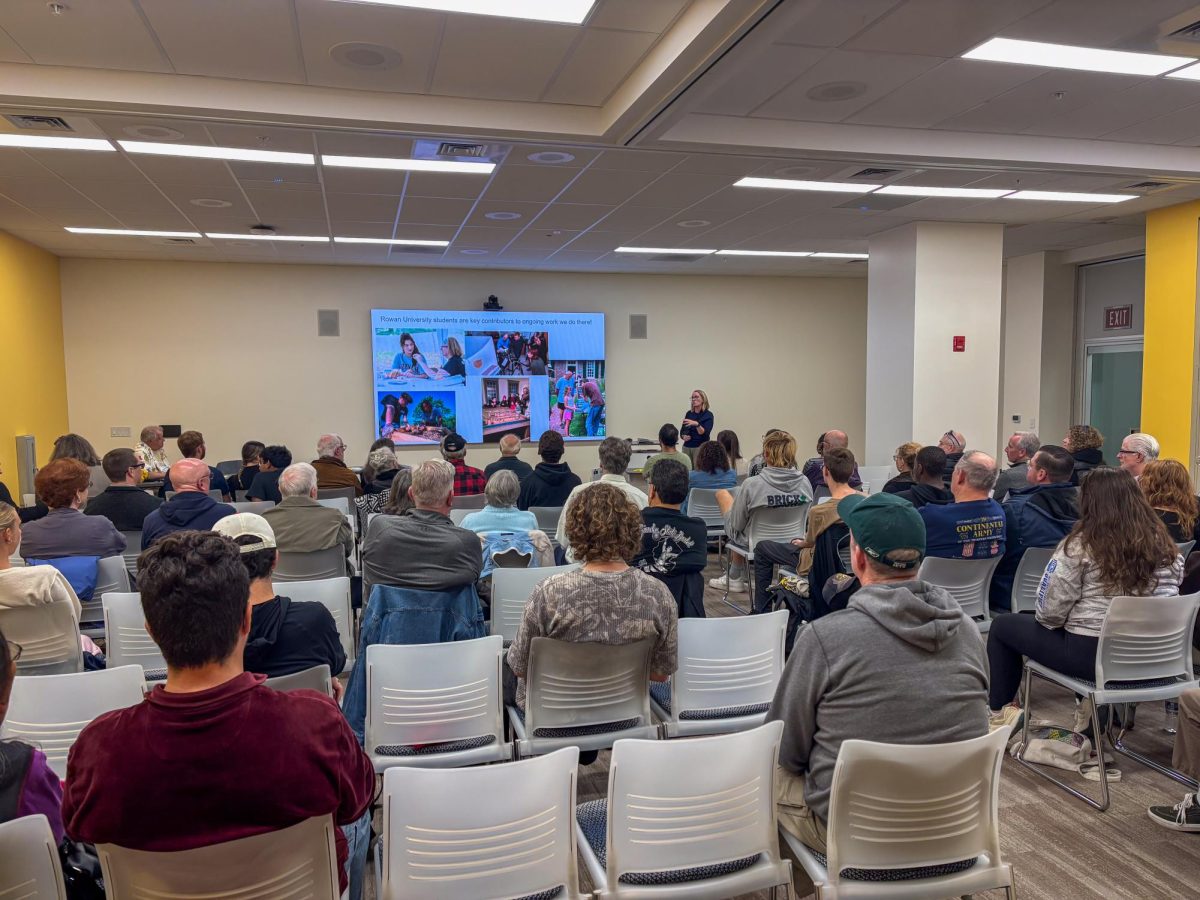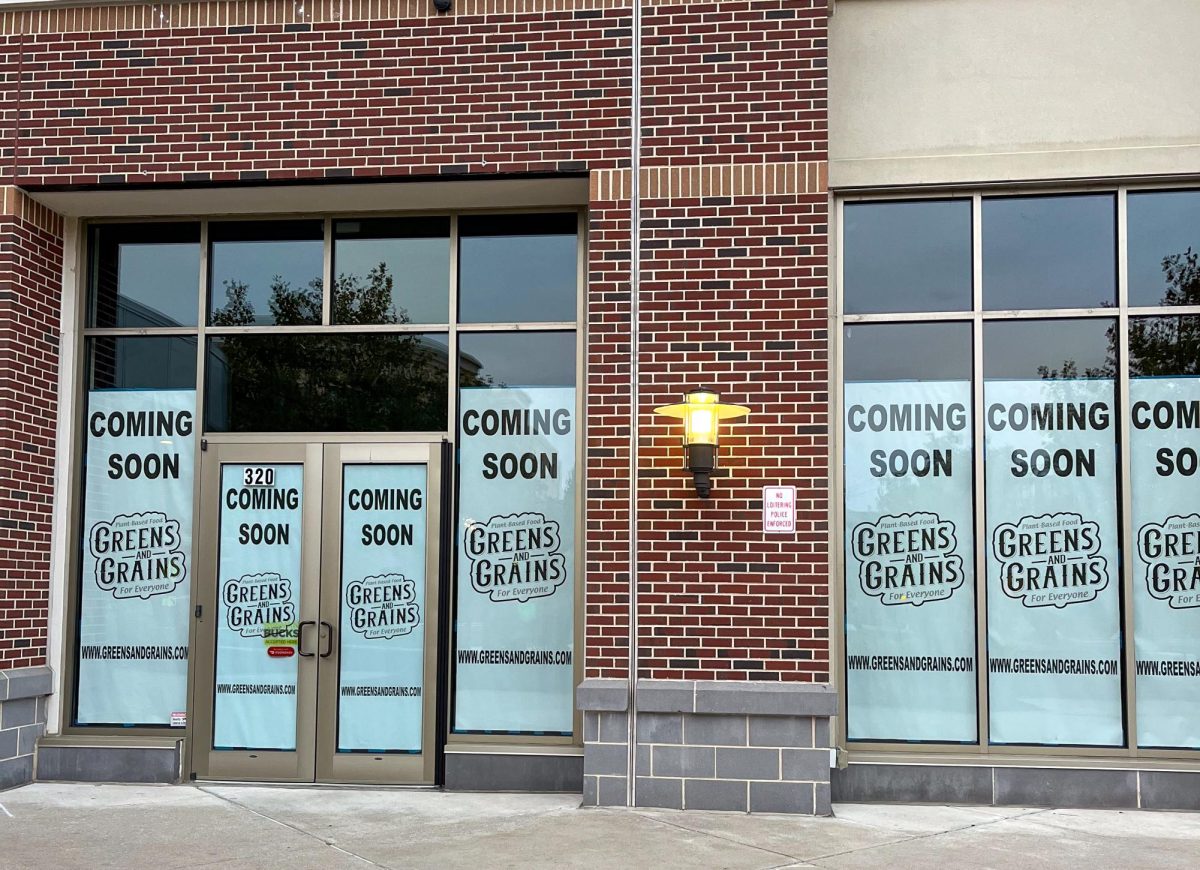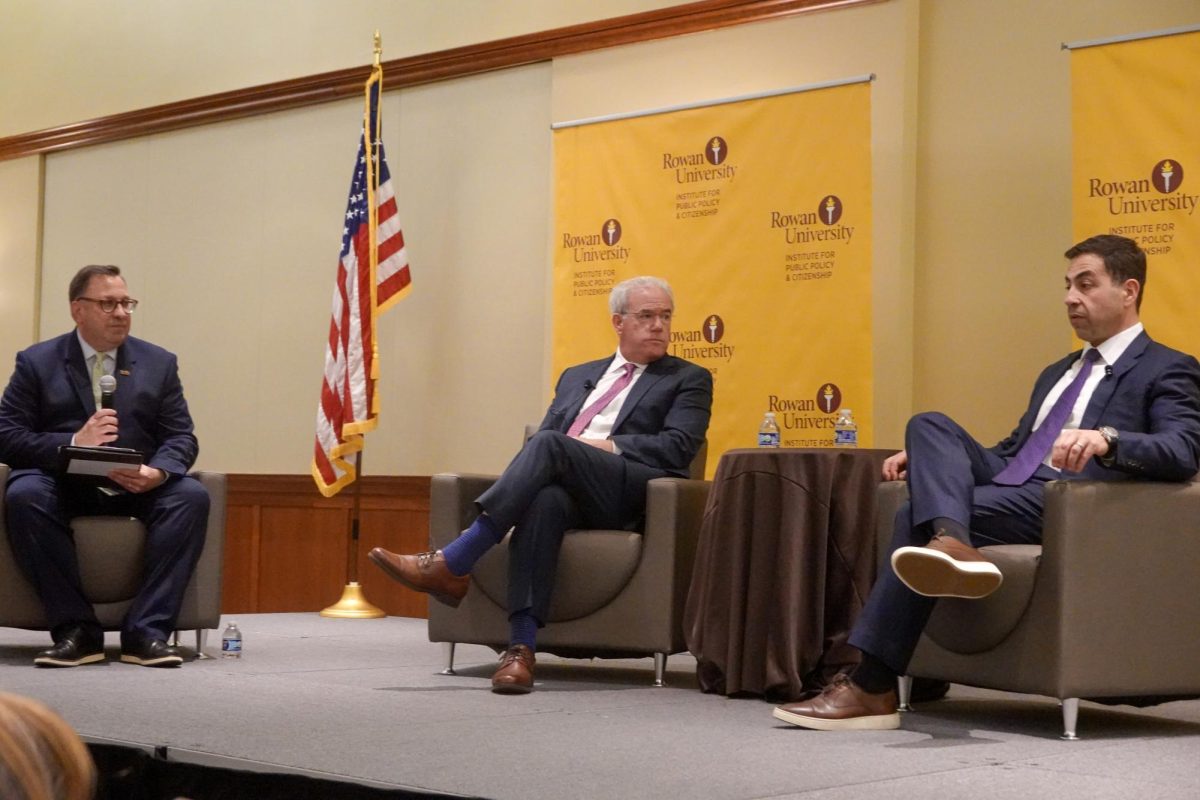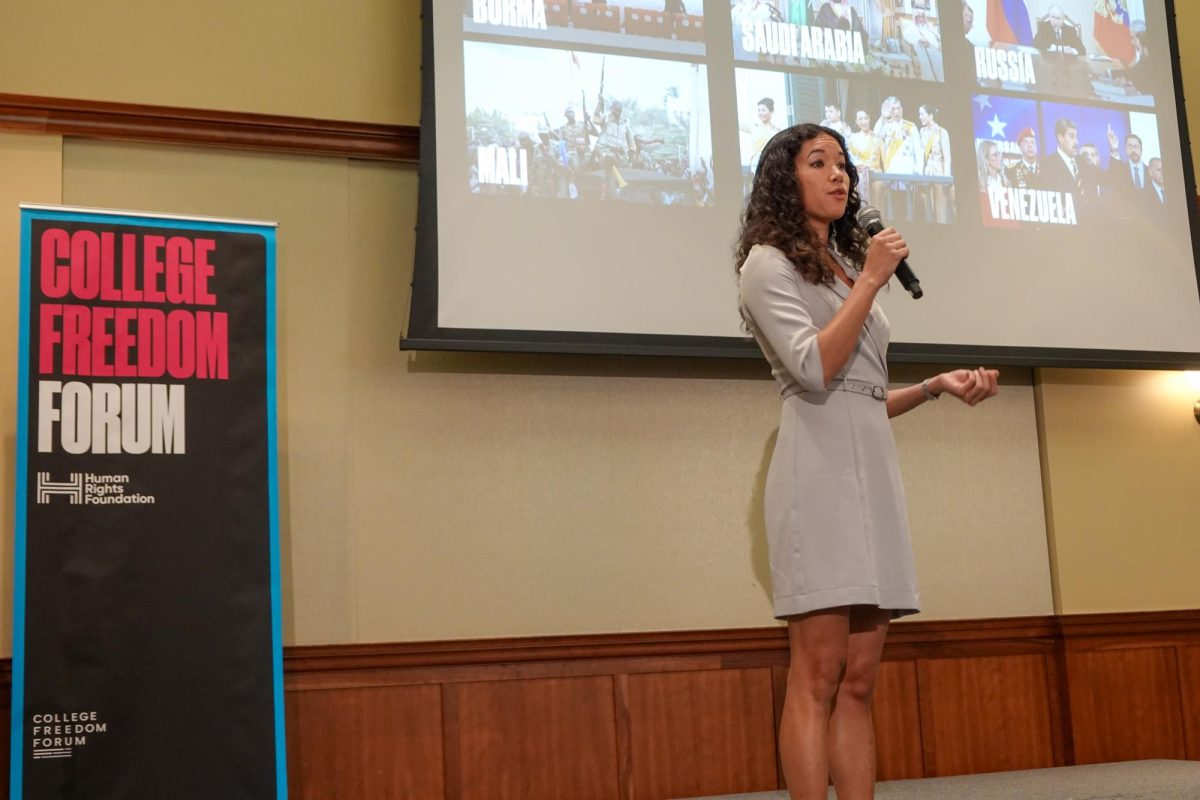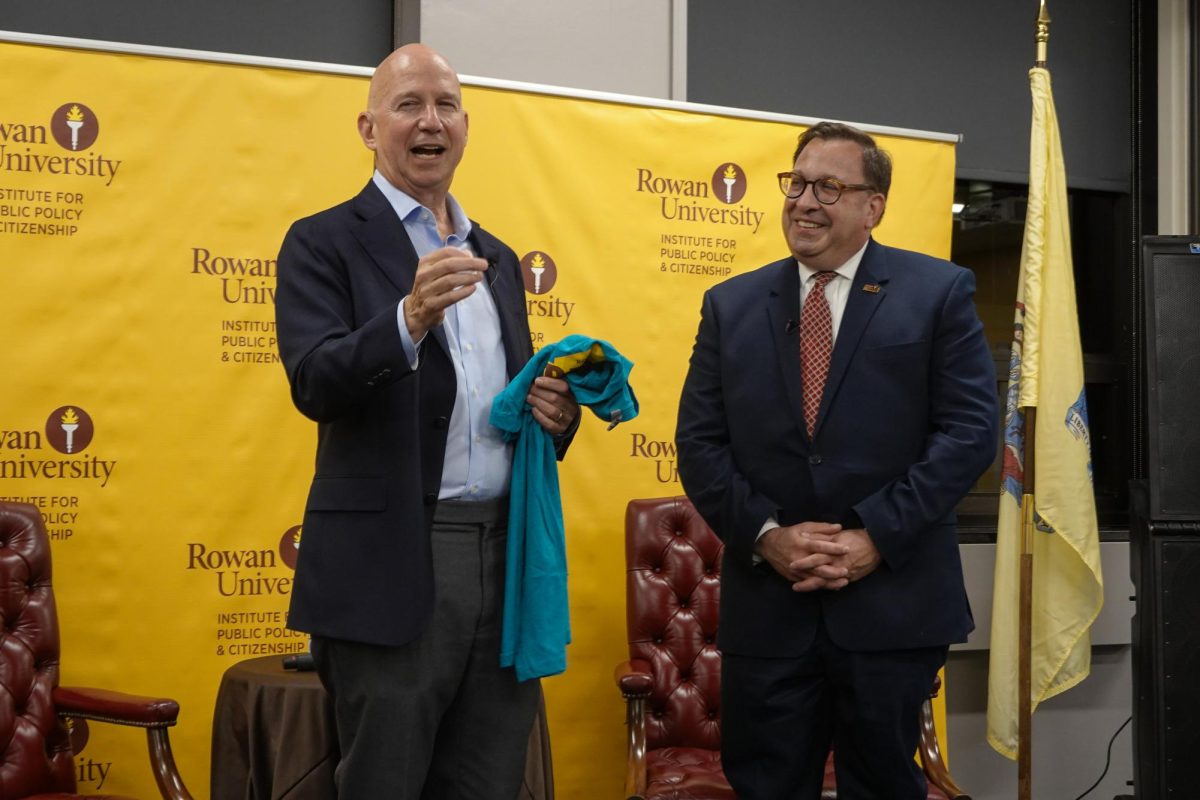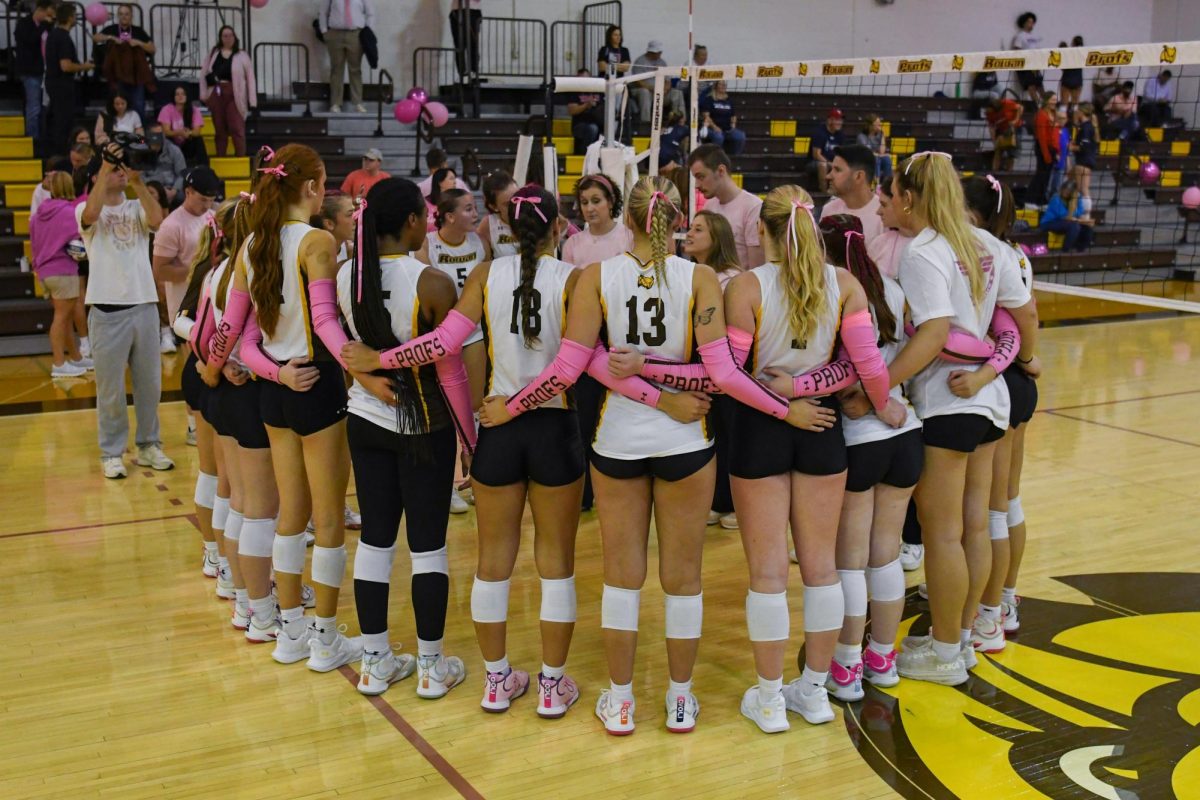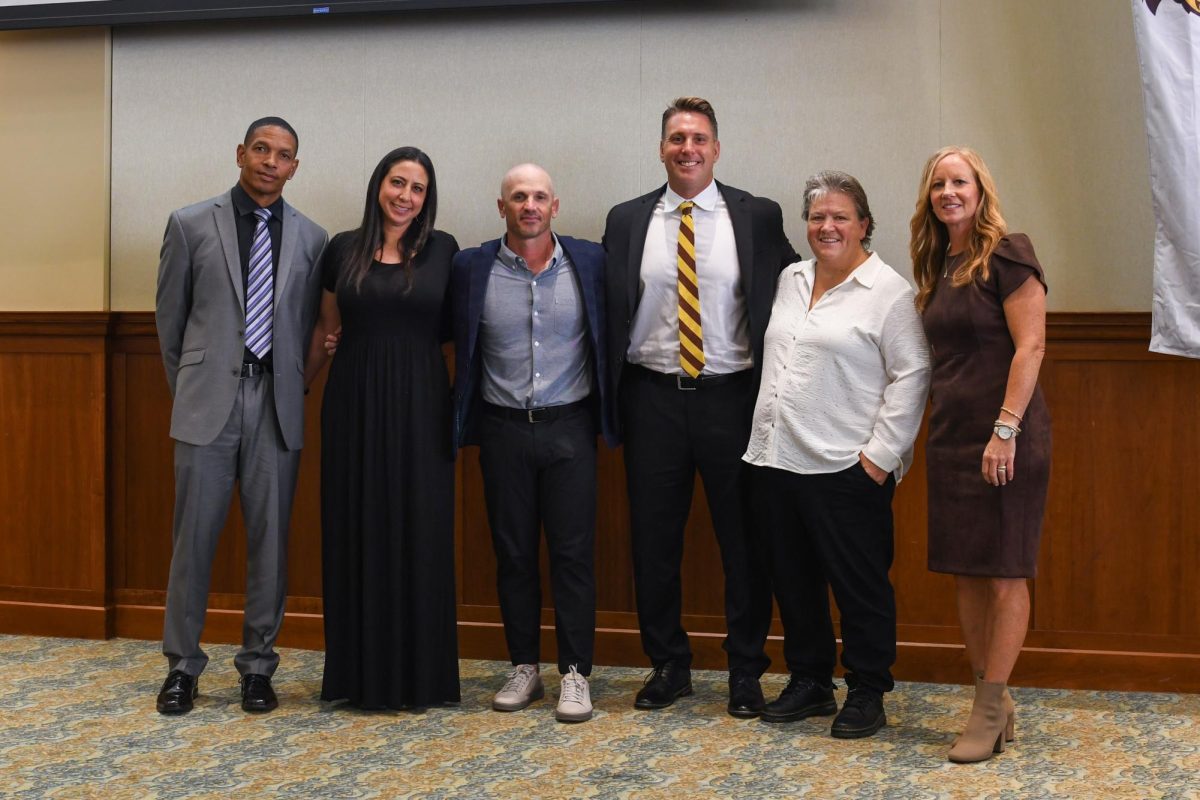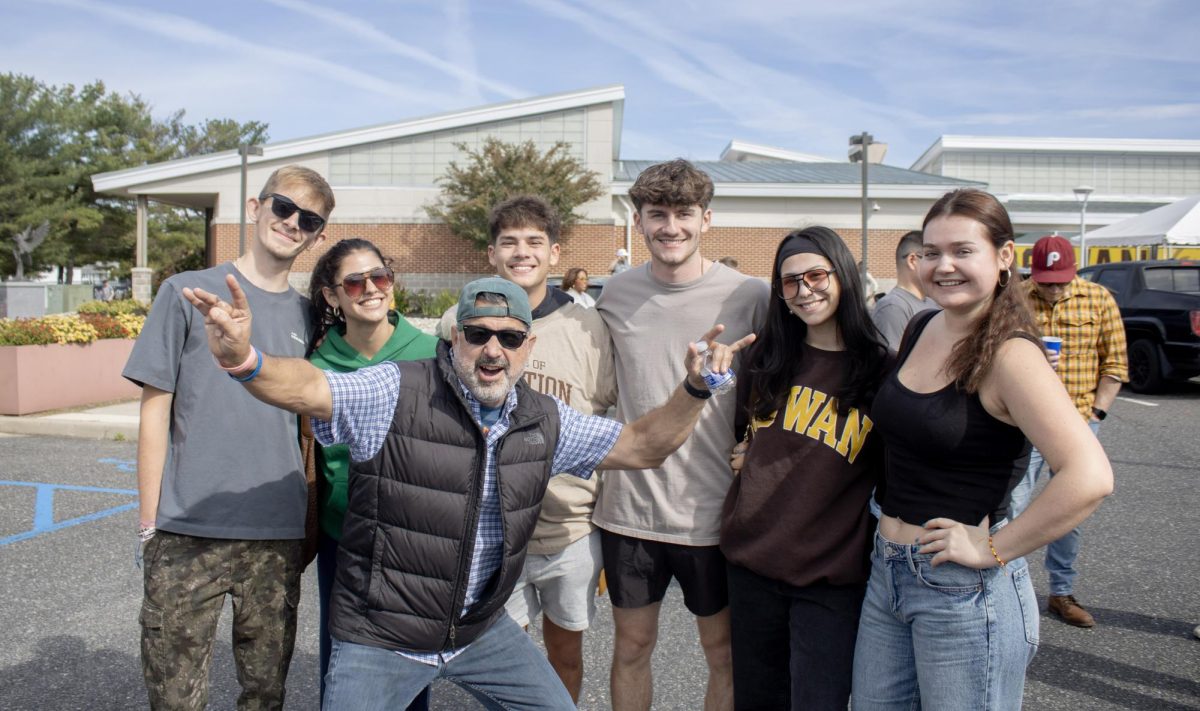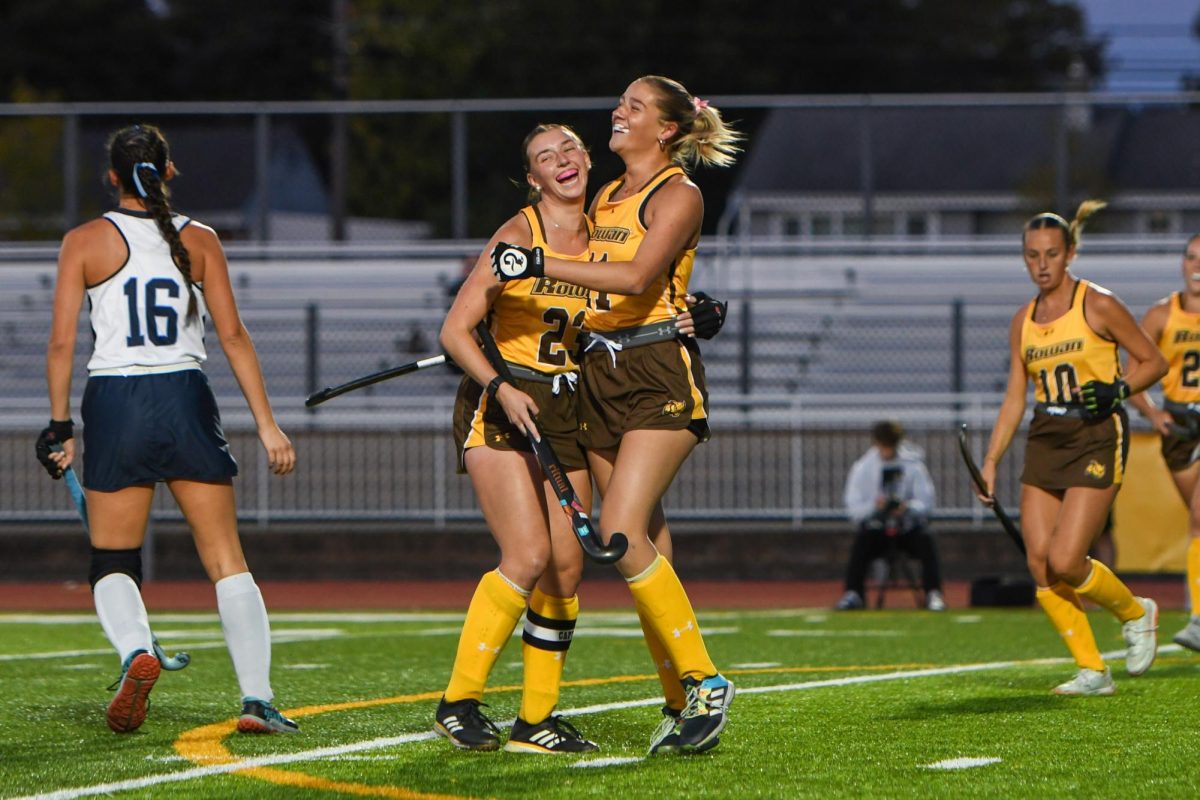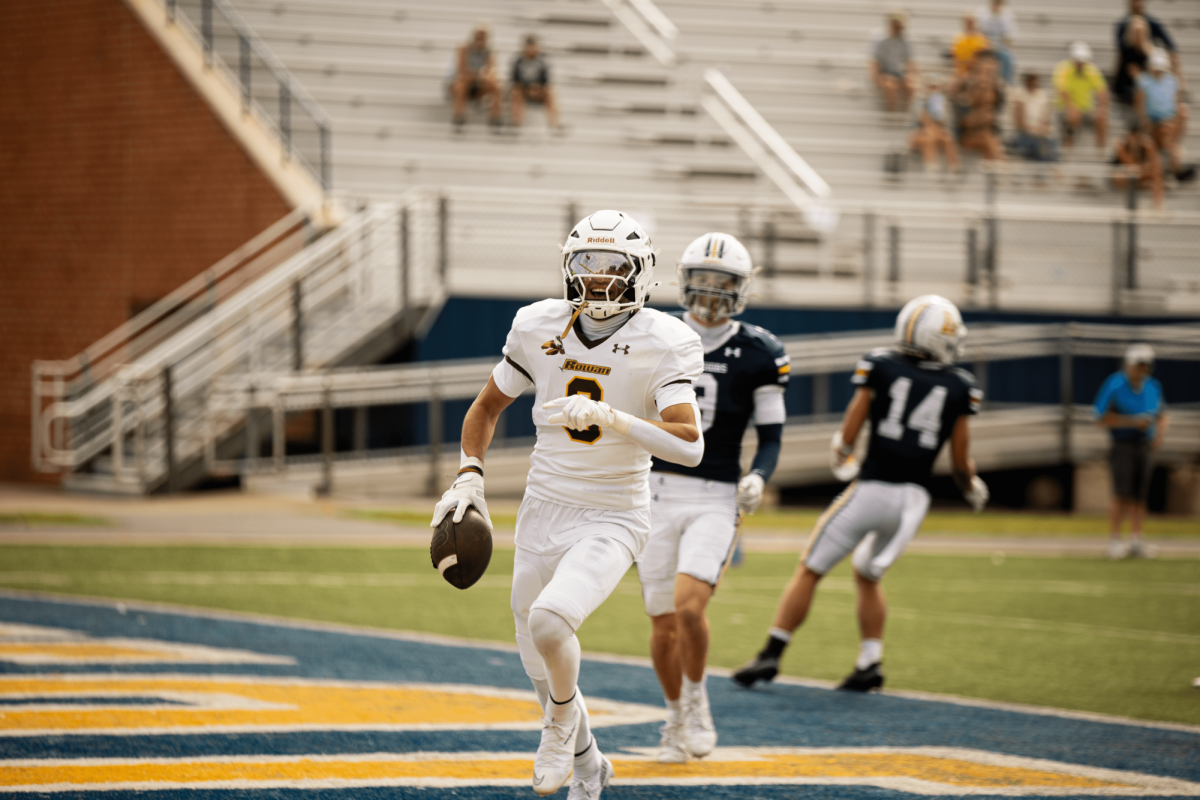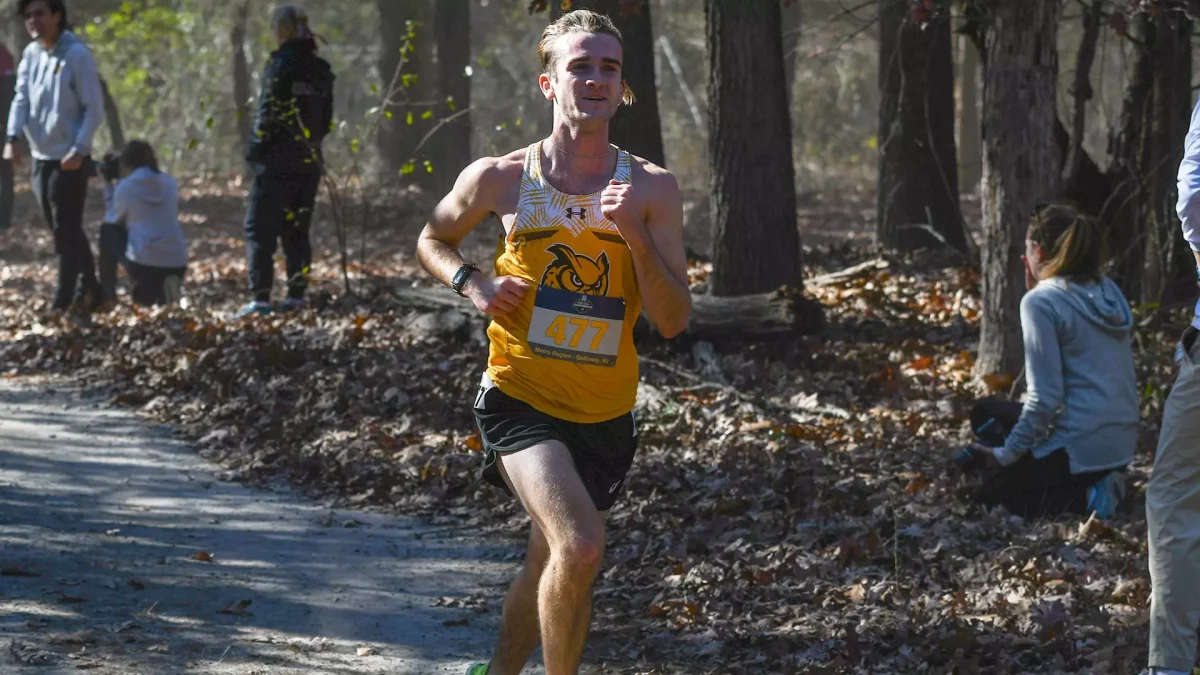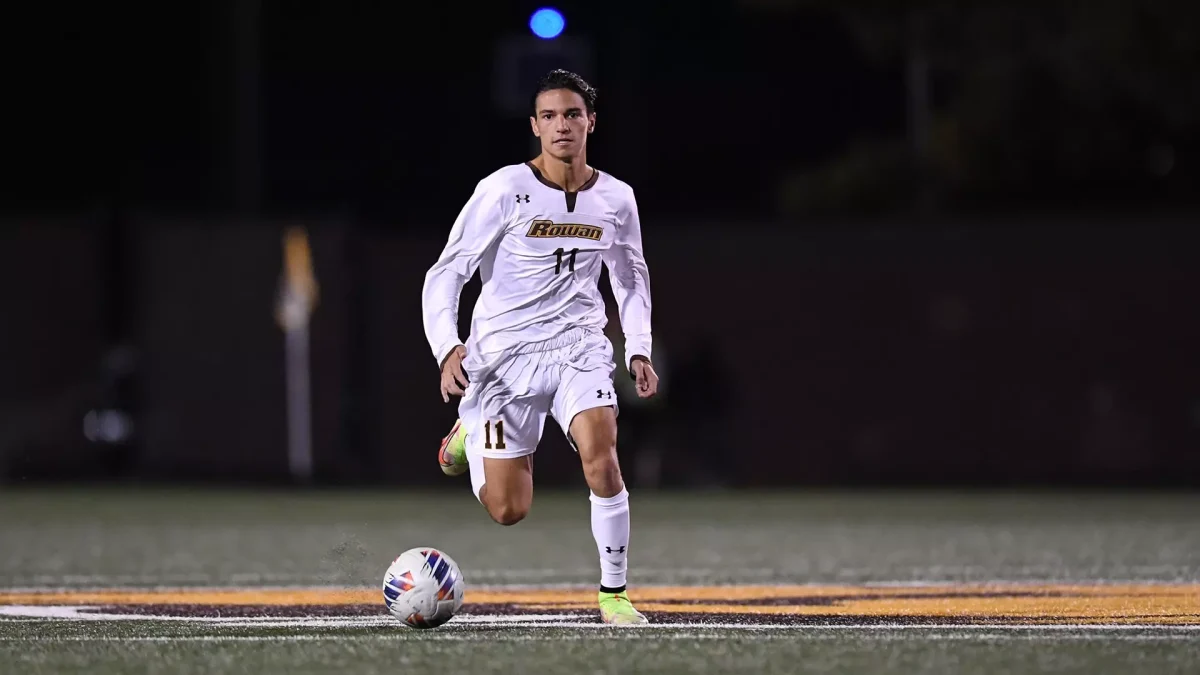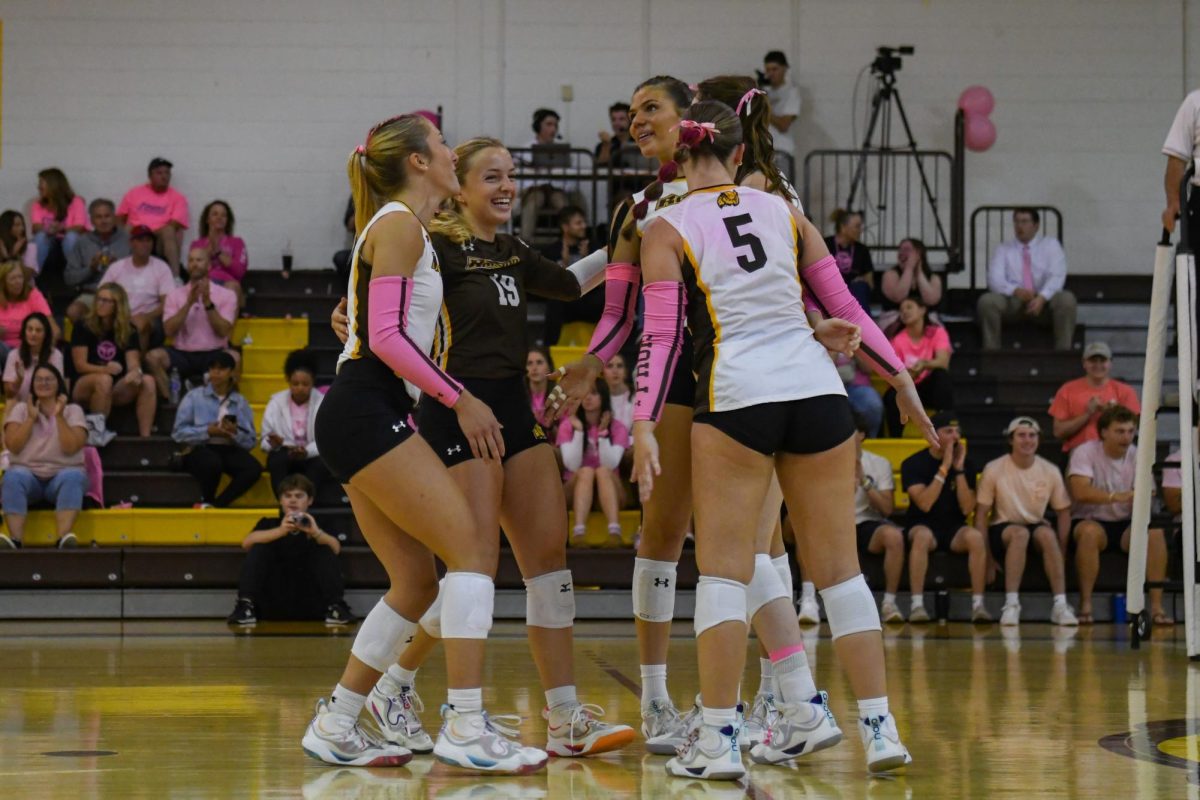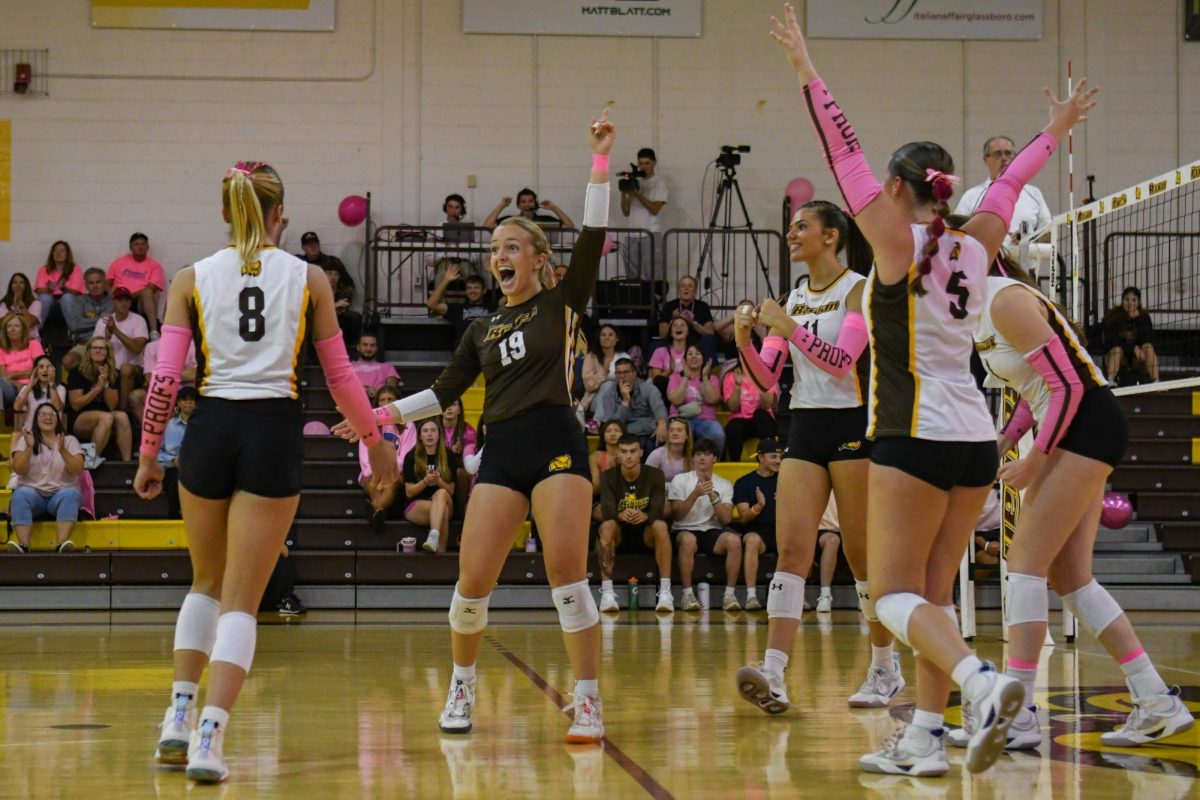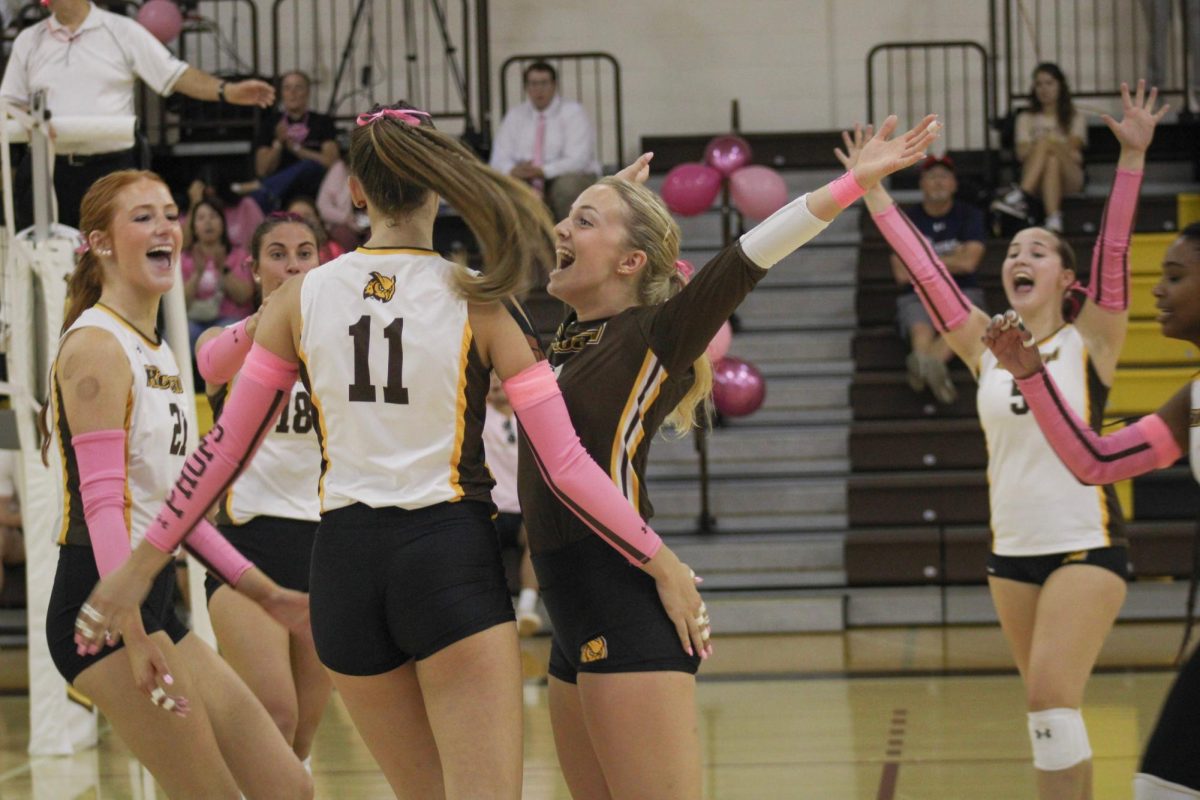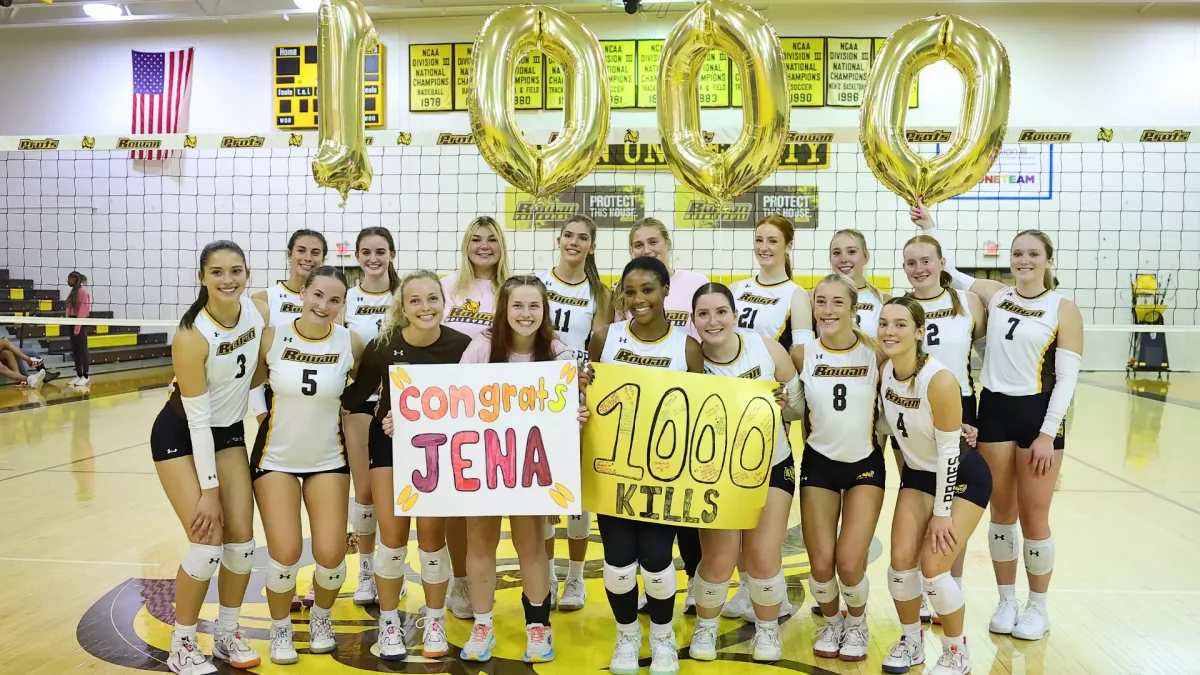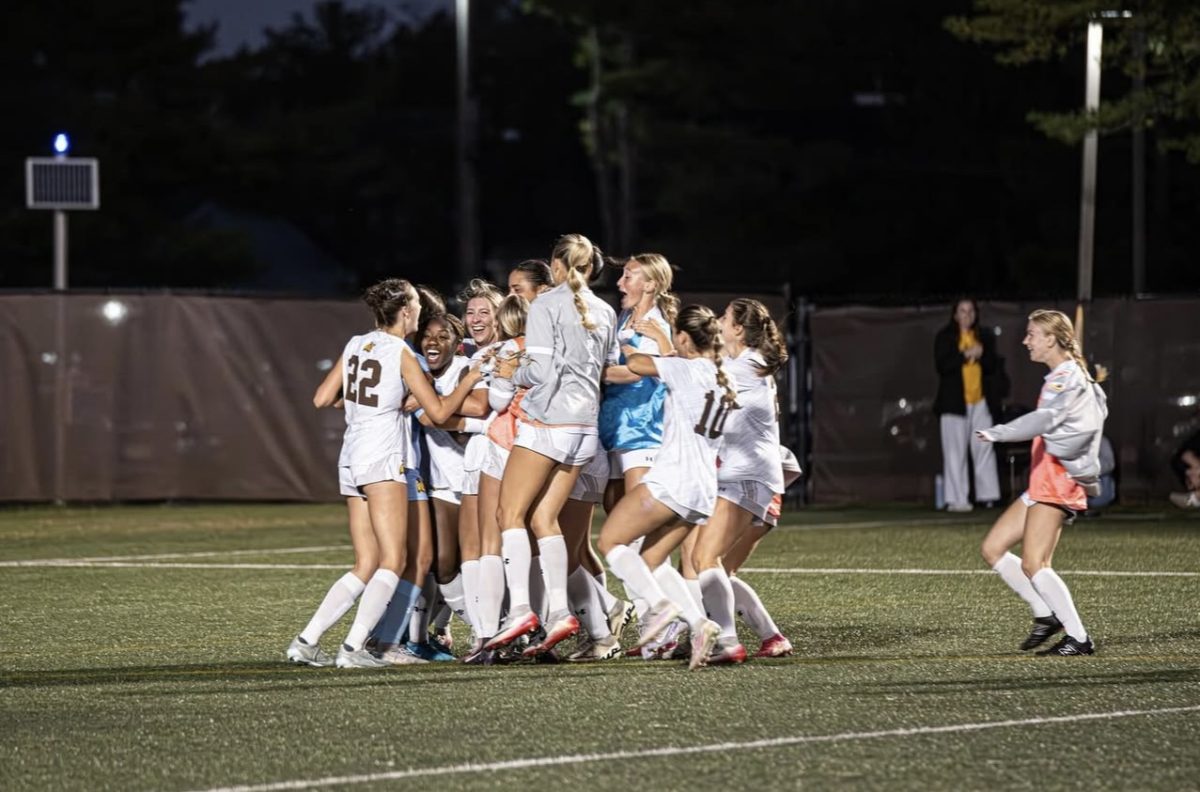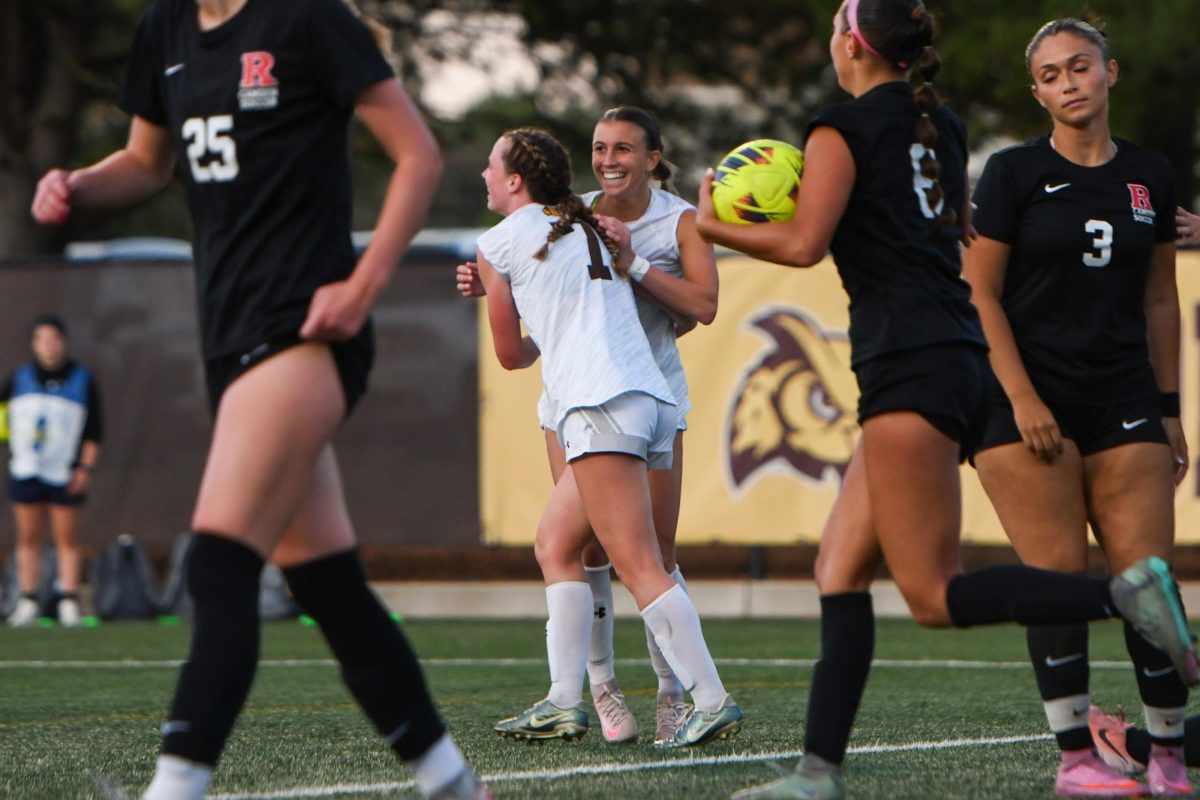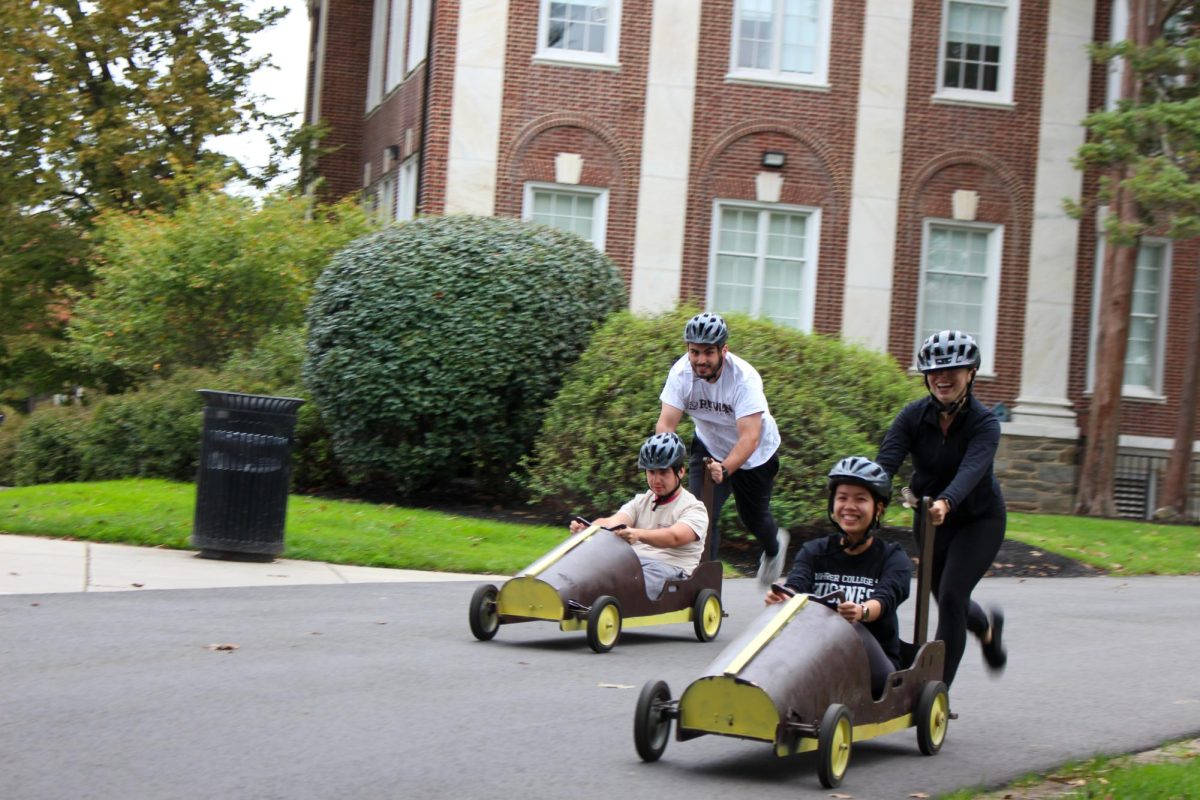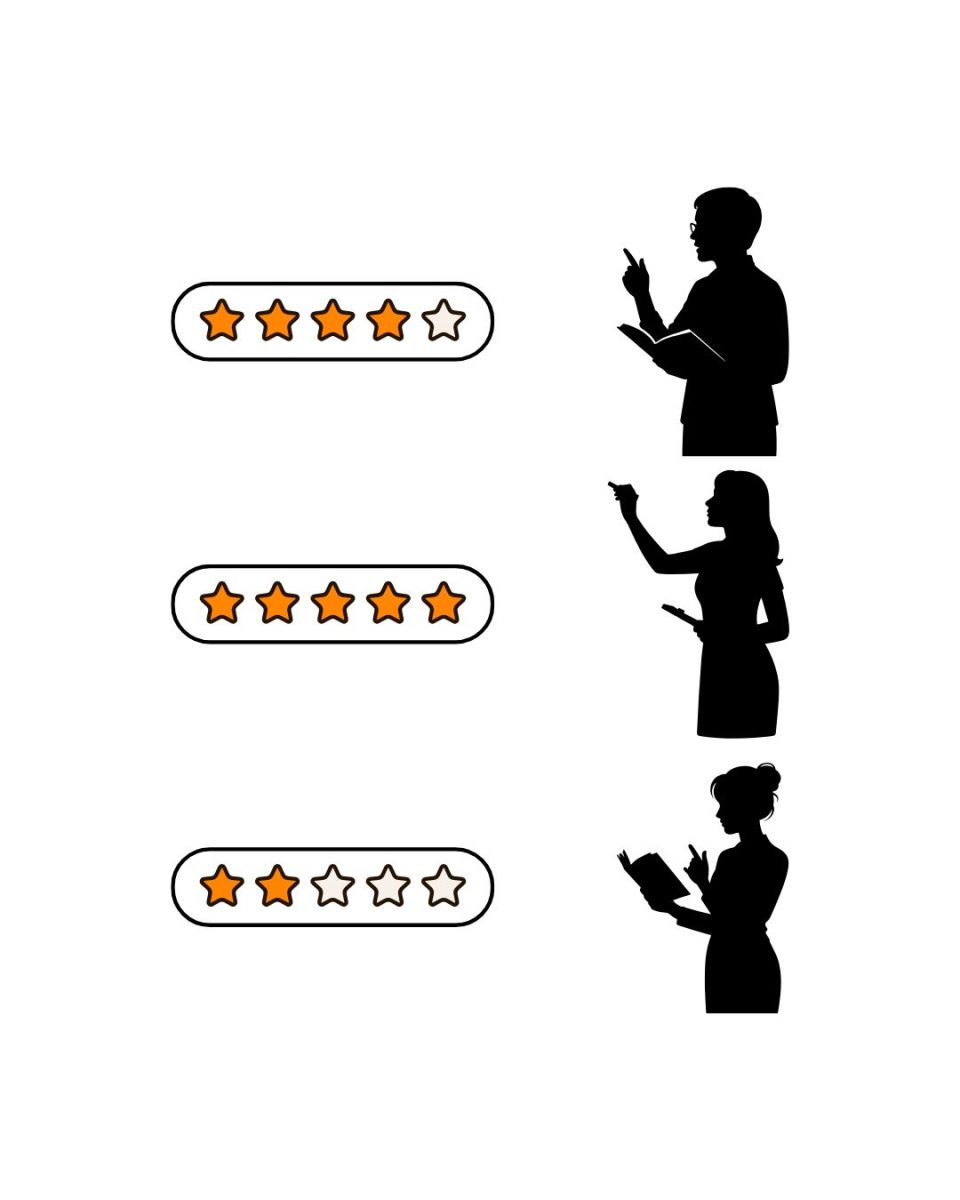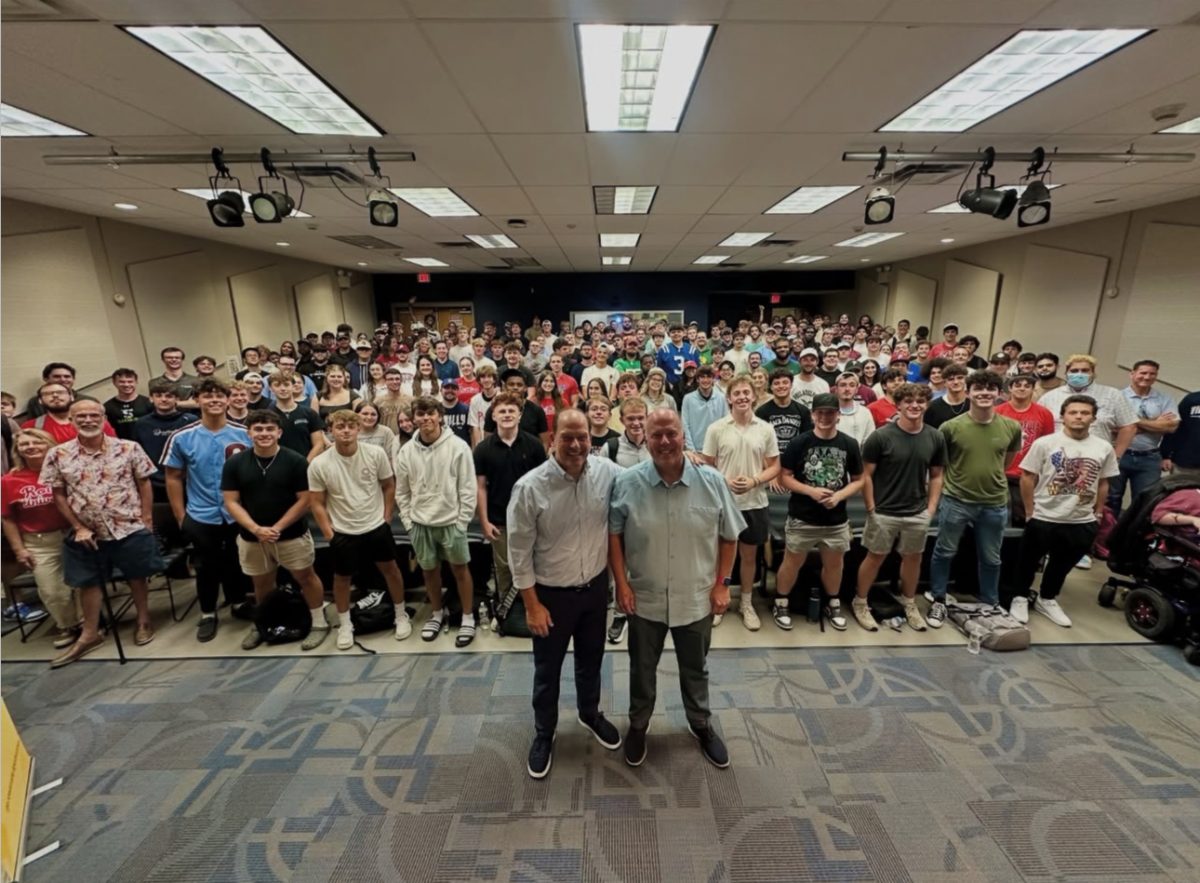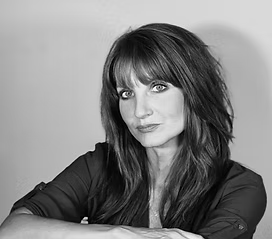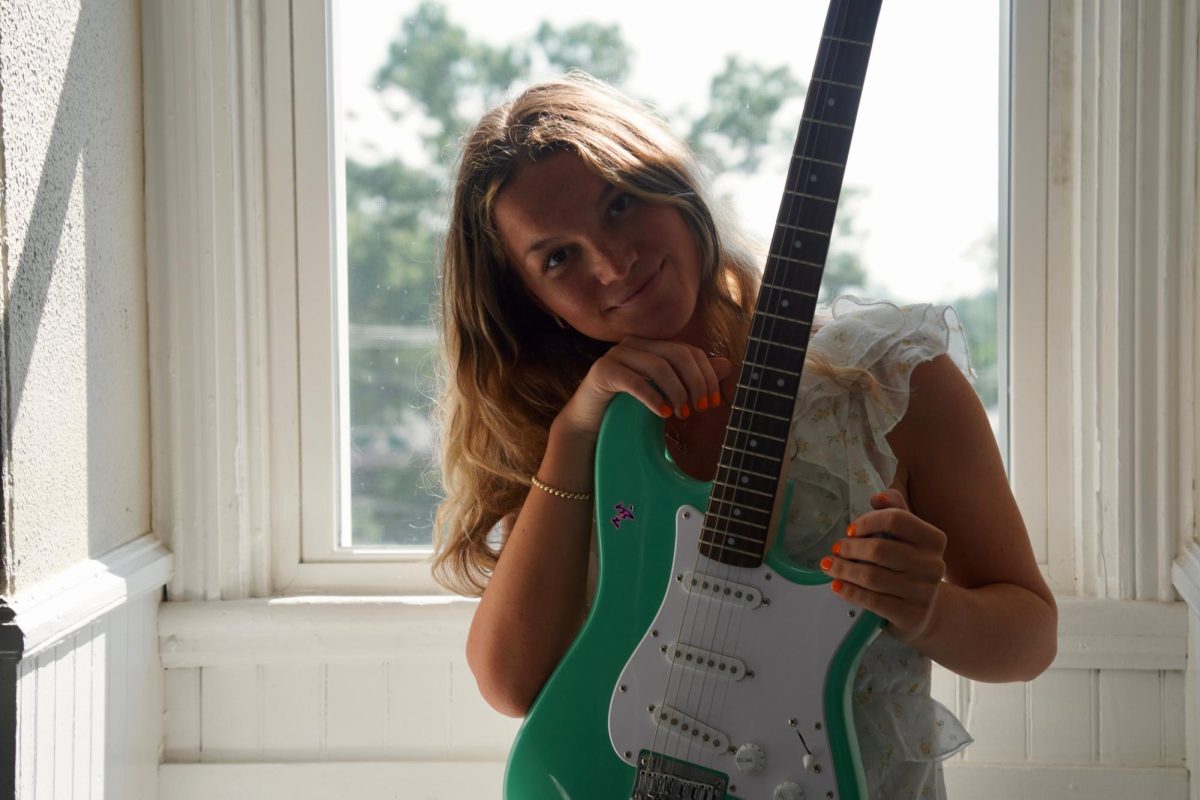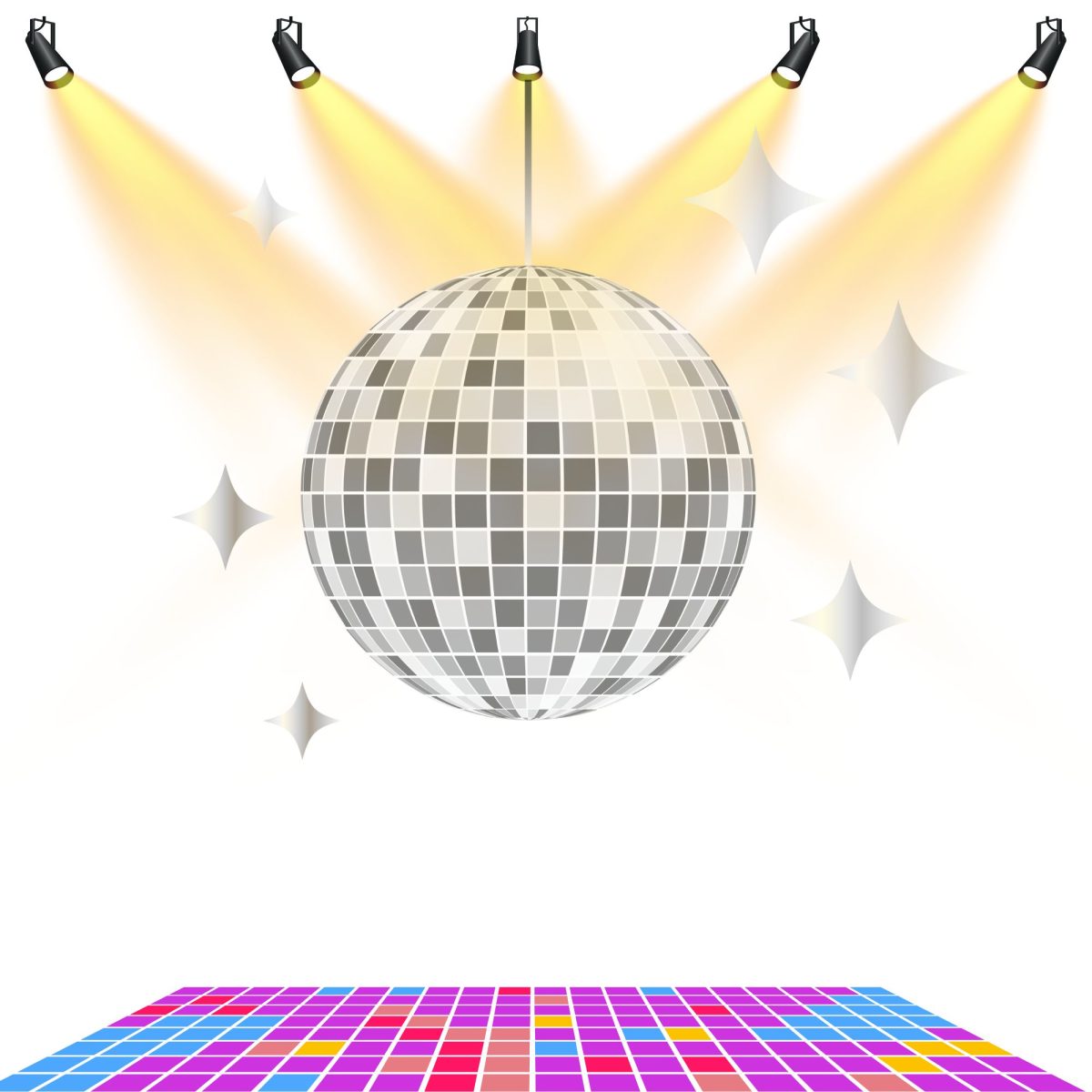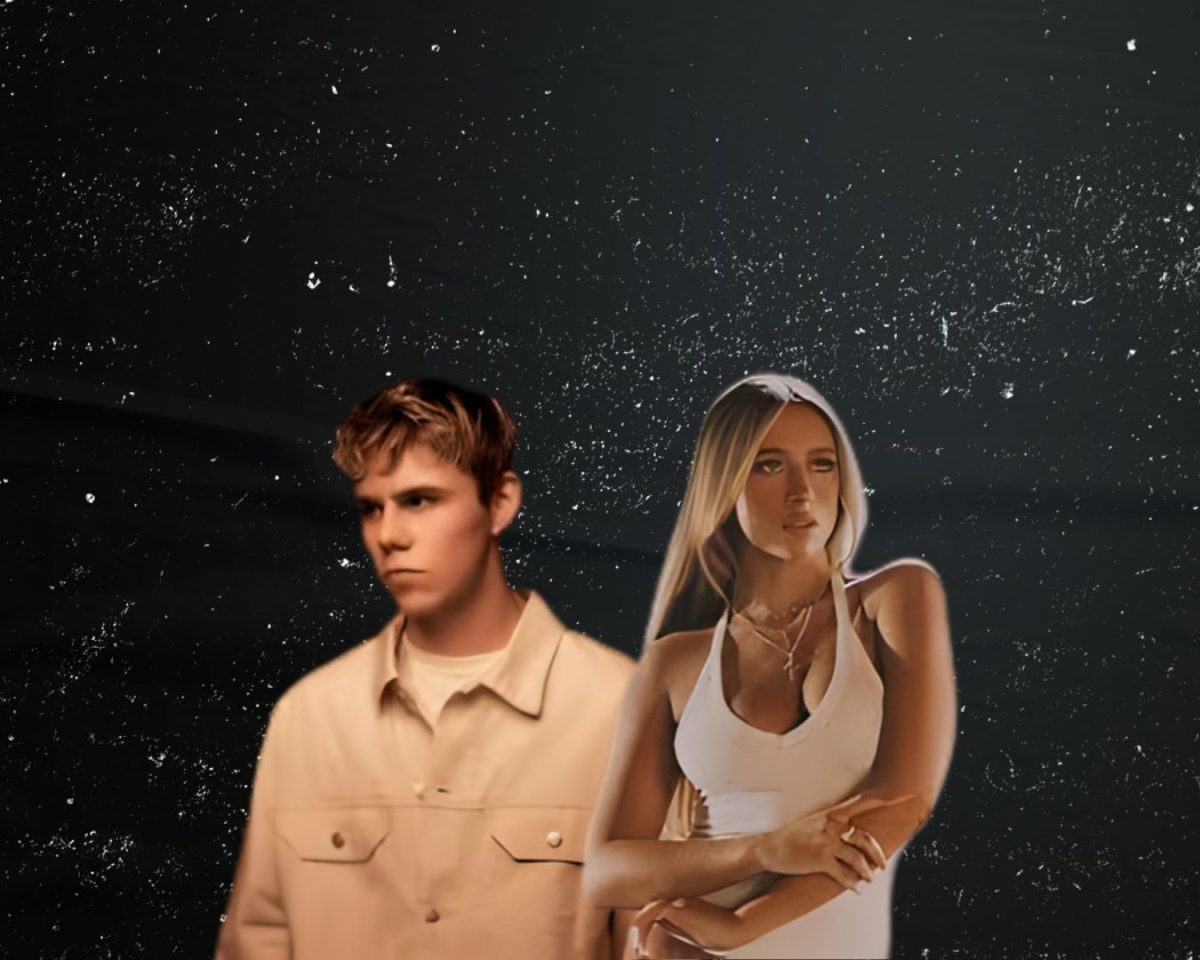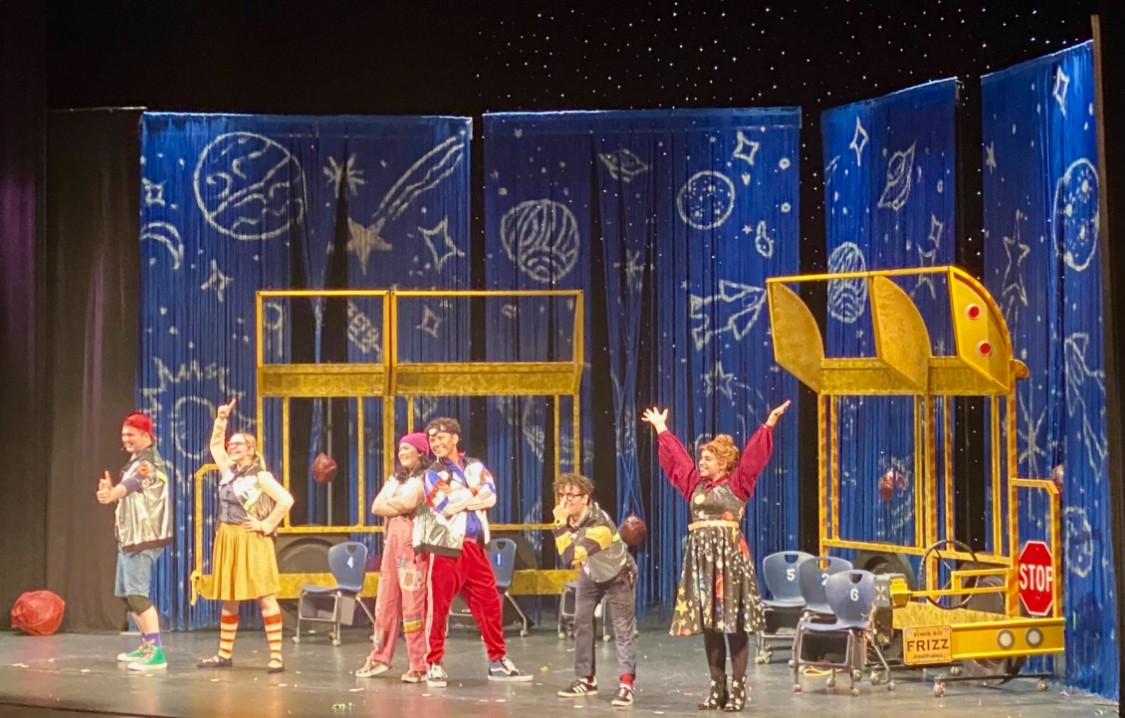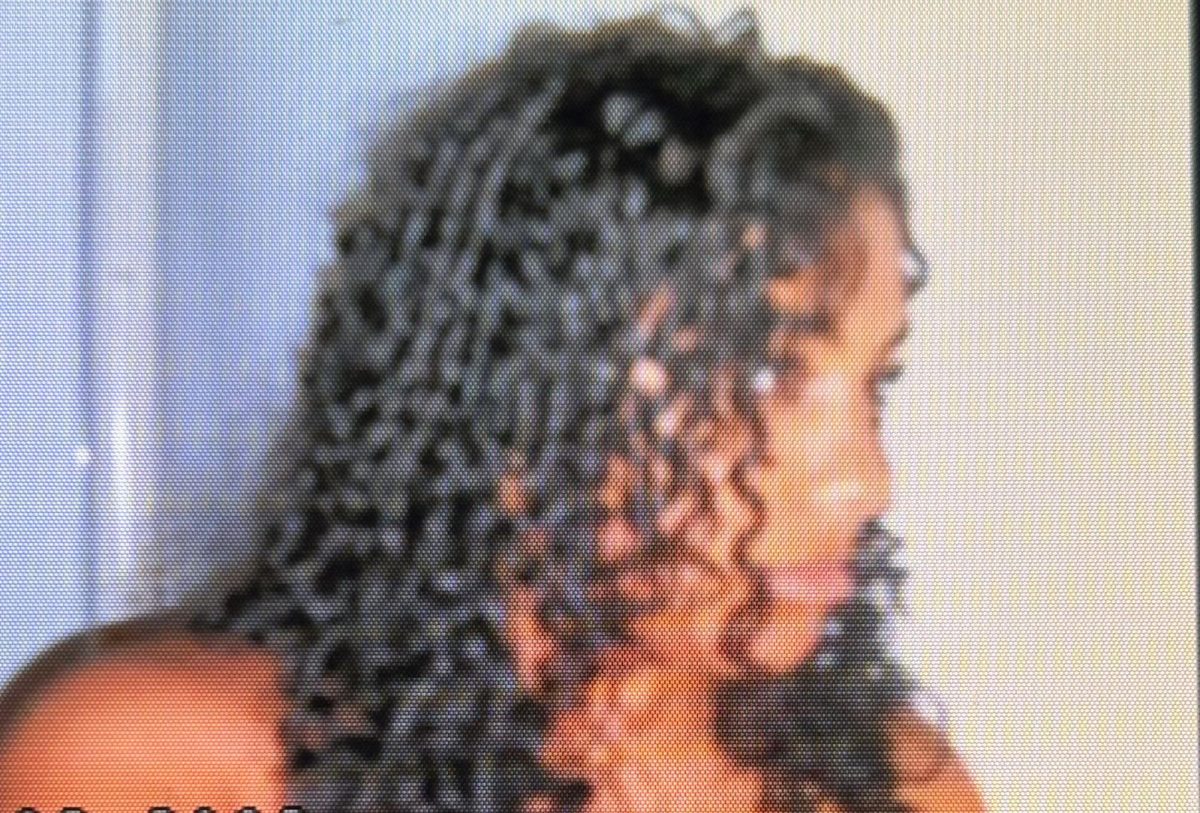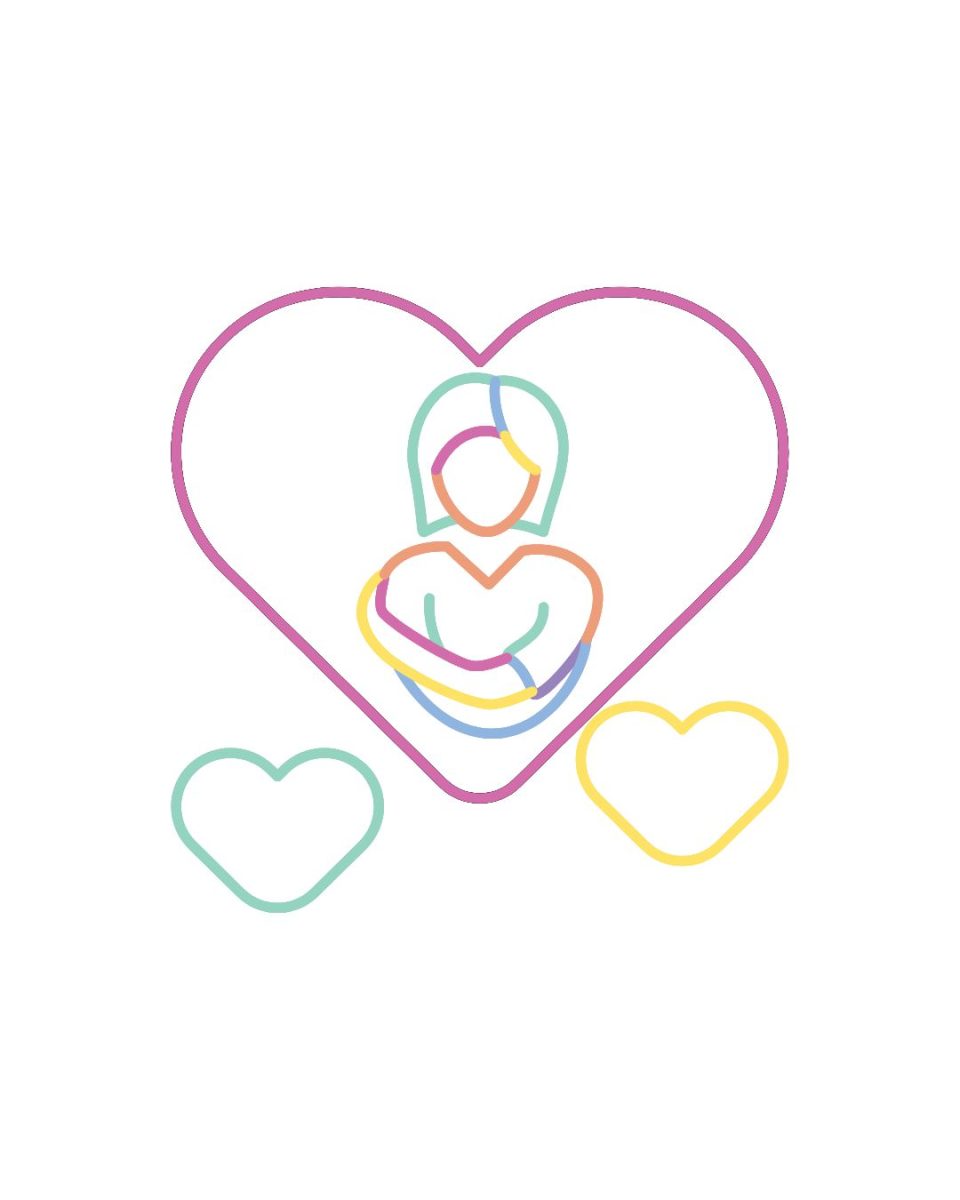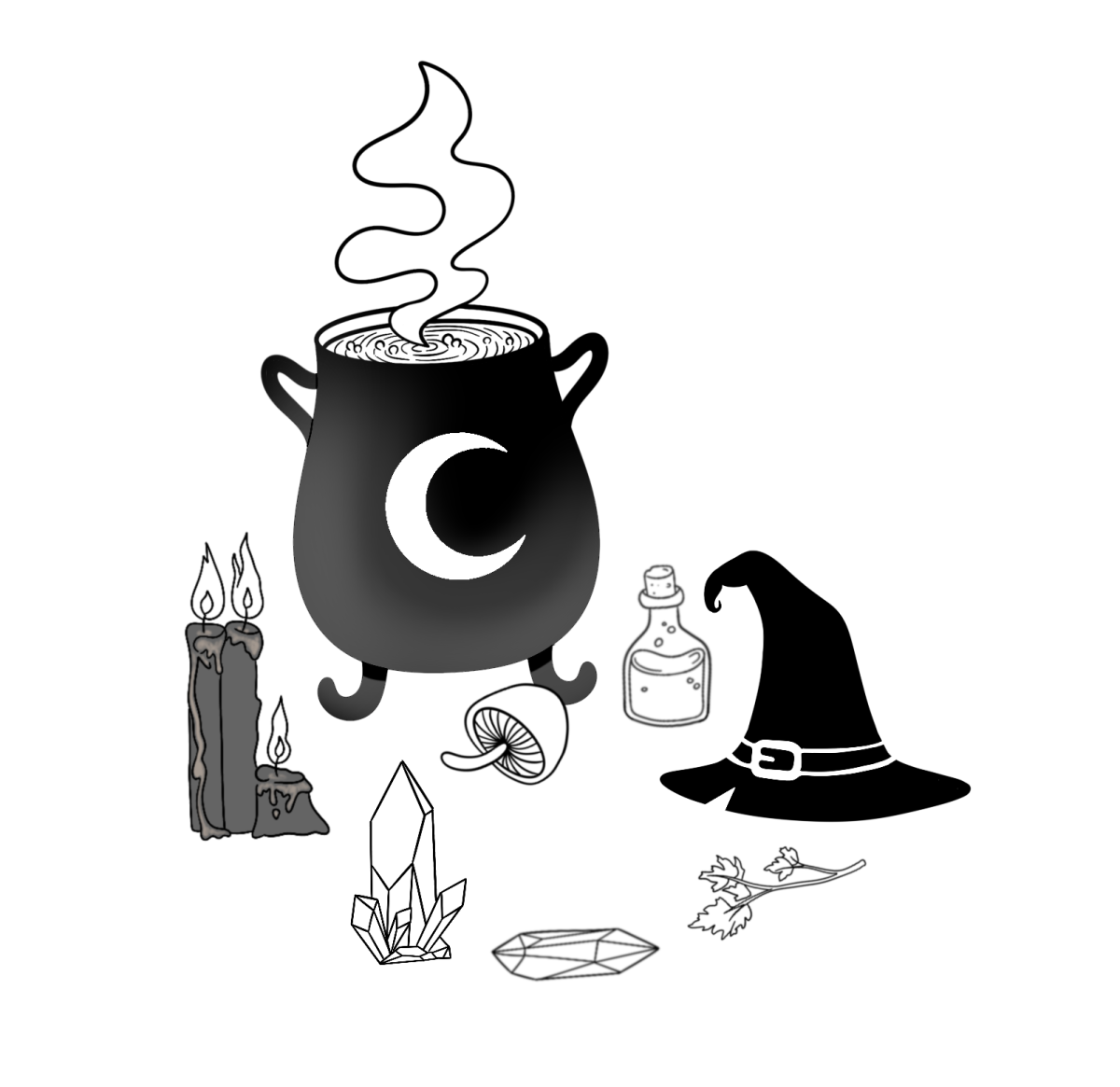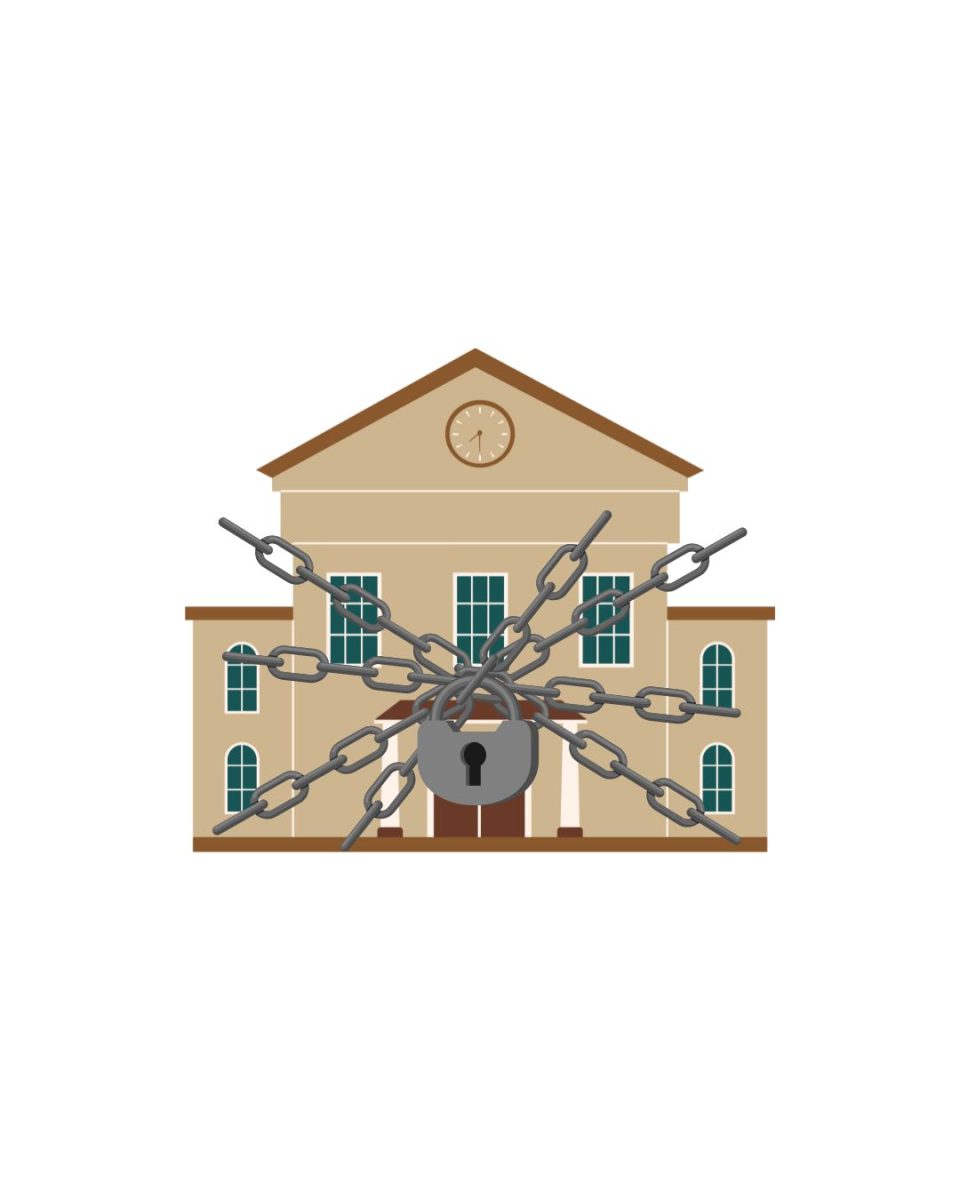Witch hunts, burning, stoning, torment, and fear have surrounded the idea of witchcraft since as far back as the 1300s. In a world where history is common to repeat itself, it comes as a large shock in growth for this culture and practice.
For as long as I can remember I have been fascinated by witchcraft and witches alike. I grew up watching my grandmother’s favorite movie with her, “Hocus Pocus,” a story of three witch sisters set in Salem, Massachusetts. My friends and I used to be obsessed with Nickelodeon’s “House of Anubis” which highlighted magic-like mysteries of gods and Ancient Egyptians. “Wizards of Waverly Place” was hands down my favorite TV show to watch growing up, I always wanted to be like Selena Gomez’s character, Alex Russo.
Recently, my sister told me a story of the possibility that our great-grandmother practiced witchcraft– she found notes and Tarot cards that belonged to her when going through our grandmother’s things, so I guess in some way I have a connection to this spiritual practice through my ancestors. Learning this furthered my appreciation. However, I don’t practice witchcraft myself, even though I have incense, tarot cards, and crystals. I would not call myself a witch, but I find the studies and history to be alluring.
A staple of Halloween is witches. There is a history rich with details that follow the season of the witch and it is worth paying attention to. When taking a deep dive one can see how the views on witches have changed and prospered. From elaborate or simple witchy costumes to movies and TV shows depicting witches of all kinds, these beings– often, but not always, powerful women who understand nature and what lies beyond have become celebrated. A far stretch from the hysteria draped across Europe in the 1400s that led to centuries and even millennia of xenophobic attitudes toward those who practice witchcraft.
Speaking of, “The Season of the Witch” by Donovan and later covered by Lana Del Ray and many others is a song that encapsulates what I imagine to be the vibe of a powerful witch with calming energy surrounding them. It is a great song to get in the spirit of Halloween and celebrate witchiness– and is not the only song talking about the power of witches, there are plenty.
At some point during middle school and high school, they teach us about the Salem witch trials. We learn of how women who were claimed to be witches either through their acts in daily life or by neighbors who didn’t like them very much were placed on trial guilty of suspected witchcraft, leading to 19 women being hanged and many others of being accused between February of 1692 and May of 1693 during colonial Massachusetts.
Over these many years, those suspected of witchcraft were not only hanged and accused, but they were bullied, tortured, stoned, and even burned alive. Examples of the mistreatment of witches can be seen in shows such as “American Horror Story” in the season of “Coven,” when Myrtle Snow is burned at the stake. Or in “Hocus Pocus” when the townsfolk show up with pitchforks to capture and hang the Sanderson Sisters. It can even be seen in “The Wizard of Oz” where Glinda, the good witch, is loved and adored, while her sisters are cheered on once killed.
While it is a part of human nature to fear the unknown, it is understandable how many, especially those who are religious, would find witchcraft to be such a blasphemed practice. Especially with a practice that focuses on the medical properties of natural plants, energies connected to nature– something that primarily remains unknown to scientists to this day, and can occasionally fall under what is known as the devil’s work, fear makes sense.
Whether the practice of witchcraft comes from the devil, nature’s properties, or from a religion disliked by the Christian religion known as Paganism– now referred to as Wicca, it is something that was pushed to a back burner and aimed to be hidden by other religions in the past.
The practice is no longer hidden, but rather widely publicized. There has been a shift since the beginning of television and radio to now with social media such as TikTok. There is now this space to showcase powerful witches in good light. With shows such as “Sabrina The Teenage Witch,” “Twitches,” and “Charmed,” which each have sequels and spin-offs, viewers get to see powerful women (and men, known as warlocks) using their practices to keep their friends, family, and the world safe.
Platforms such as TikTok have allowed those who practice witchcraft an outlet to share their religion and craft with others freely and without judgment in their community. This freedom allows those who are unknowing a place to learn.
The world did not have the resources to share the practices of witchcraft the way we can now. It was unknown and many were fearful. Paganism, Wicca, the dark arts, or whatever you want to call it is at its basis a form of religion. Other religions and those unknowing may have had fear and still have fear of the undiscovered powers of nature, or maybe some had fear of women in power, but the past is the past.
We, as united citizens, have freedoms gifted to us by the First Amendment right to practice whatever religion we please and say what we wish. Women no longer are viewed to be submissive housewives, made to obey men. Technology has opened platforms for conversions people of the past could never have dreamed of. Life has changed.
For all of those lost, the ancestors who were unjustly hunted and hurt, are now being celebrated in so many ways. There is education, entertainment, and publicity for the craft. This change of history allows the memory of the witch’s past to be honored, and that I think is beautiful and powerful.
For comments/questions about this story, DM us on Instagram @thewhitatrowan or email [email protected].

